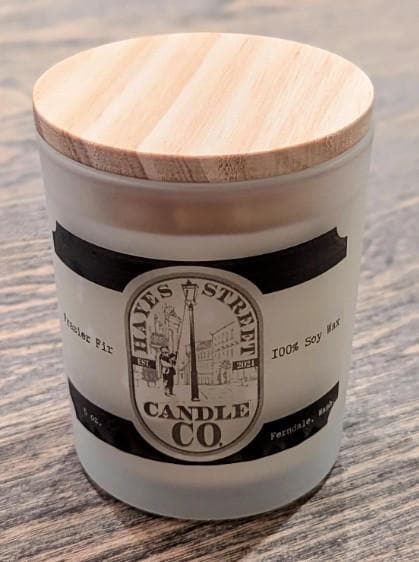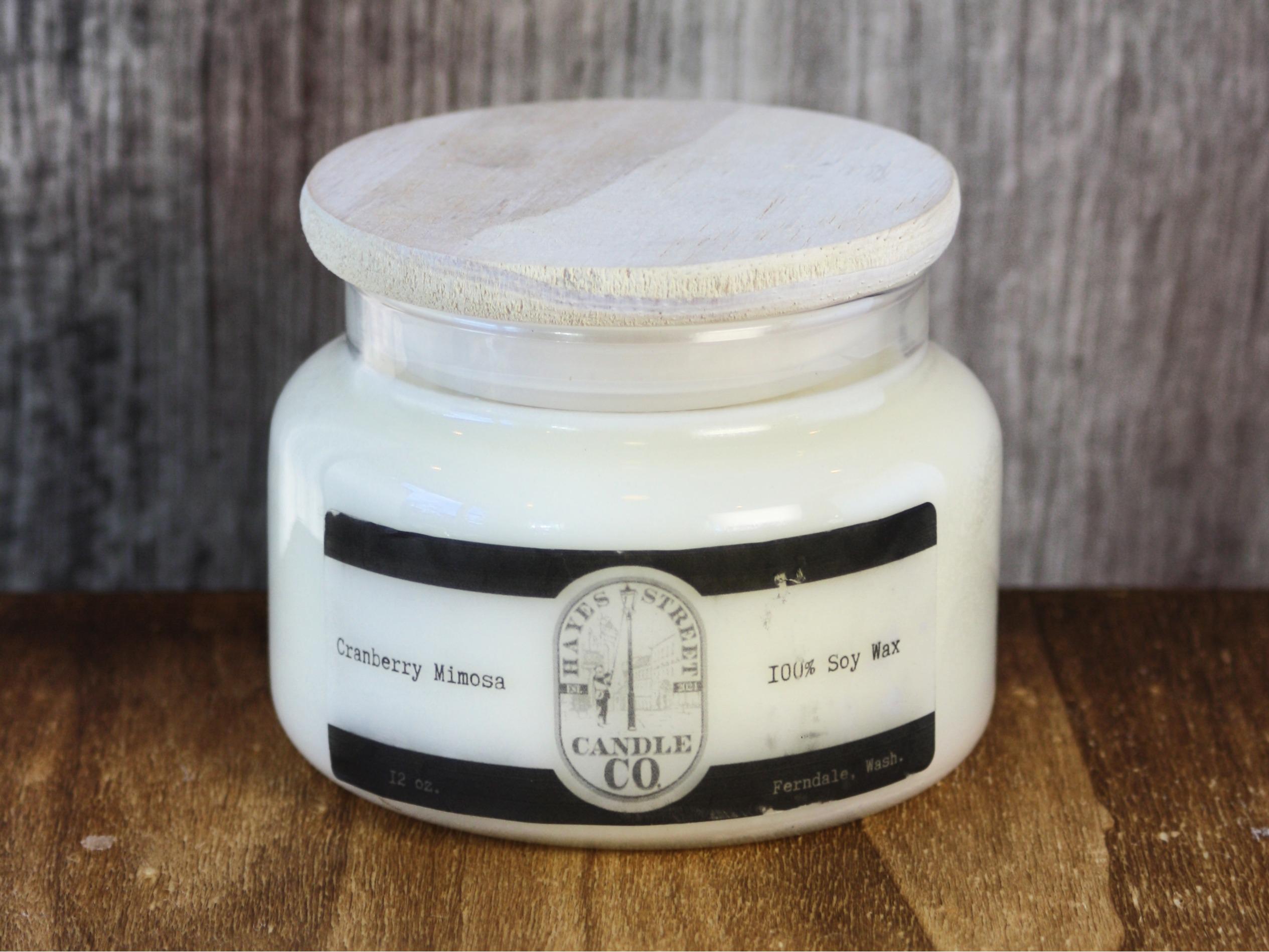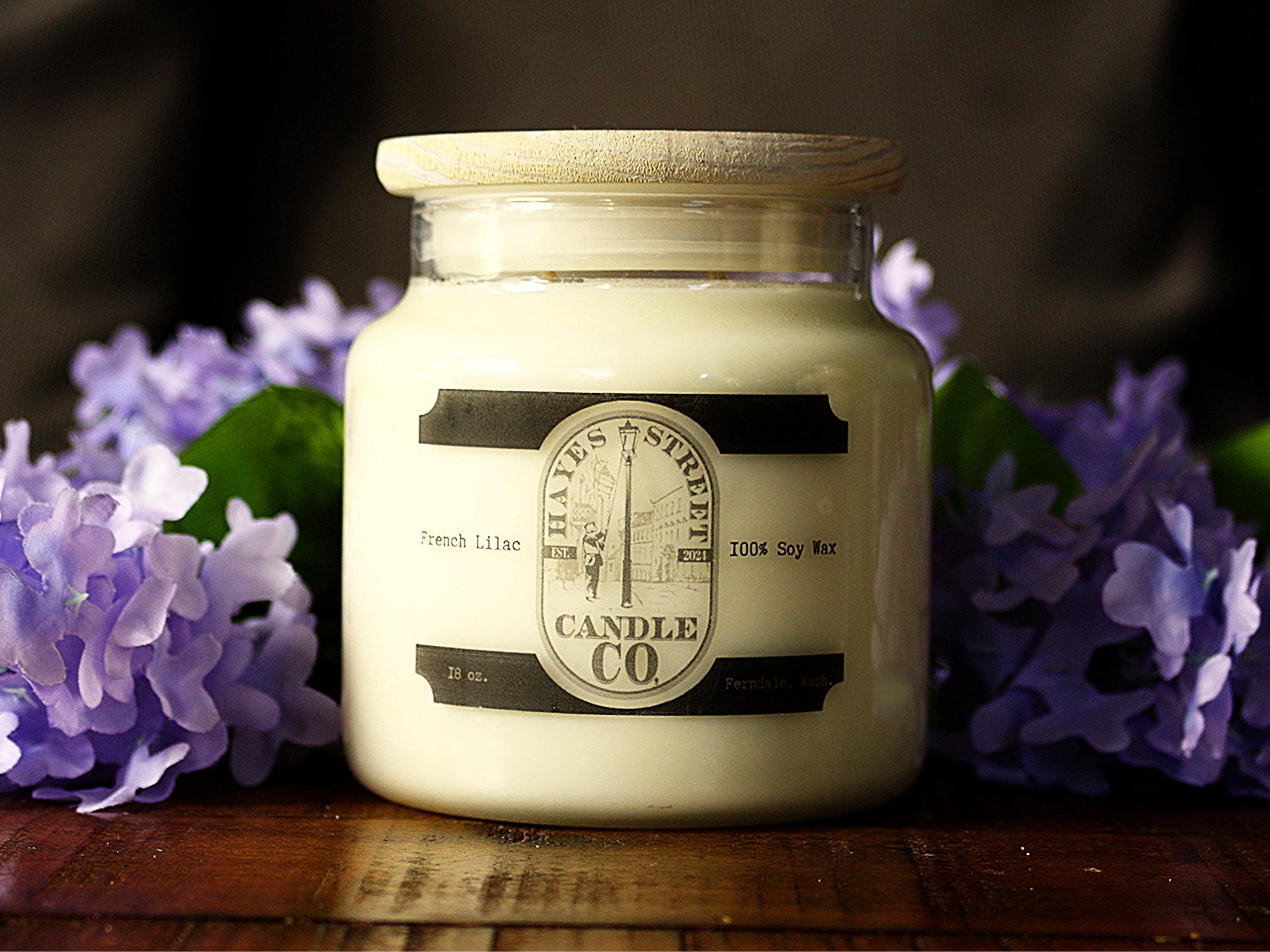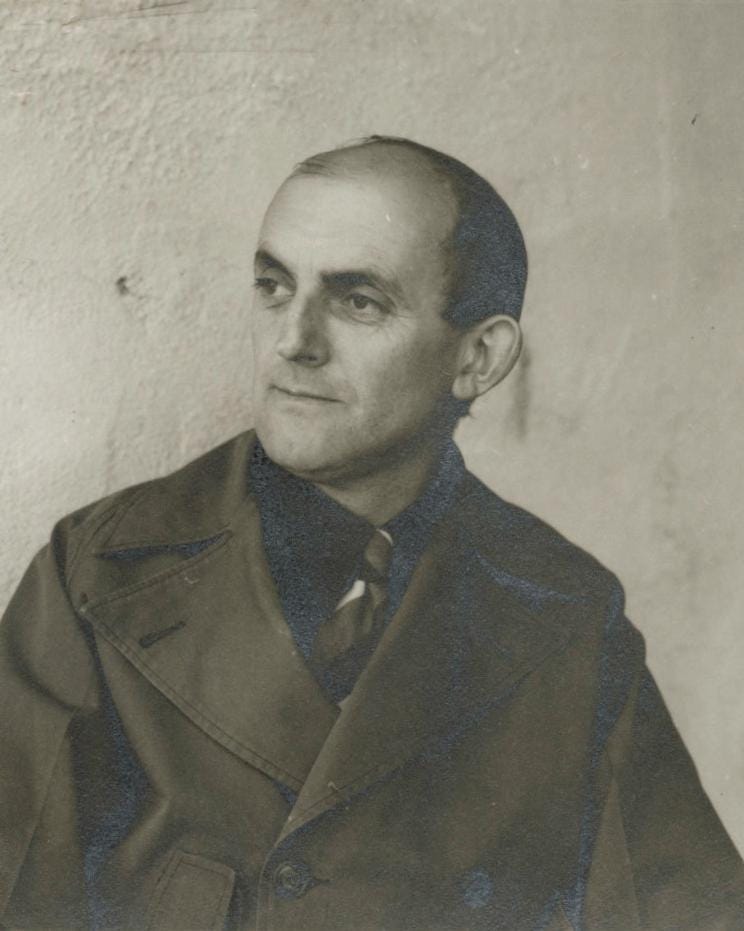The first time I was in college (affectionately known as College Part One), I was aiming for a bachelor’s degree in journalism. One of the required classes was photography.
My first experience with this art form was uneventful. This was in 2004, so my classmates and I were nearing the end of film as the primary medium for photography. I don’t think we were sad about it.
I remember taking pictures of Christmas lights in downtown Brookings, South Dakota, being so excited to try out new focuses and angles, different apertures and shutter speeds, truly believing that I was the next Ansel Adams. Instead of mountains, I’d capture glowing lights in small-town America.
Alas, my bustling career as a photographer ended at the completion of the semester. The optimism and excitement I felt as my film soaked in the developer solution did not make up for the sheer disappointment that fell over me when I realized I was not naturally good at photography.
Ten years later, I picked up a secondhand digital Canon Rebel (the same camera as my film version from College Part One). I wanted to capture improved photographs of my log slices, and I figured this would be better than the small Nikon Coolpix I was currently using.
It did take better pictures, but a fancier digital camera didn’t automatically make my pictures great—or even good. I set it aside, evolved to using my phone for the next few years, and called it good.
When I launched Hayes Street Candle Company last year, I realized my Google Pixel 6 Pro (with the cracked lens) would not suffice. Here’s the proof:

I dusted off my DSLR, ordered a couple of paper backdrops online, and got to work. I used the free photo tool on my computer and tweaked the brightness. My efforts produced this:

Remember how I said a fancier camera did not take better pictures? I wasn’t lying.
For the next round, I added some simple props and switched out the backdrops. I wanted to easily identify what scent the candles are, hence, the accessories. I played around with a few more filters (after realizing just how shitty the first pictures looked) and ended up with this:

I was still unsatisfied. I knew I wanted them to be sharper, so I ordered a small tripod from eBay and re-did them all again. I also learned how the photos would look better if I did some small tweaks when I set up the display. I’m getting closer to how I want them to be:

I understand there’s a million blogs, videos, and Pinterest ideas out there to really step it up. I find that amount of information incredibly overwhelming. It gives me executive dysfunction, like I don’t want to jump in at all because I don’t want to be confused, or I don’t want to be told I’m doing everything wrong, or that I’ve been making simple mistakes this entire time.
My photographs need edits and tweaks for sure. I haven't gotten into advanced photo editing software yet. But I just learn them better by doing it myself. I’m enjoying the process, and I’m having fun, and I’m not complaining.
More than 20 years later, my aspirations of being a world-renowned photographer are non-existent. Instead, I’ll settle for an appreciation of learning, as well as experimenting with the delightful blend of art and science.
